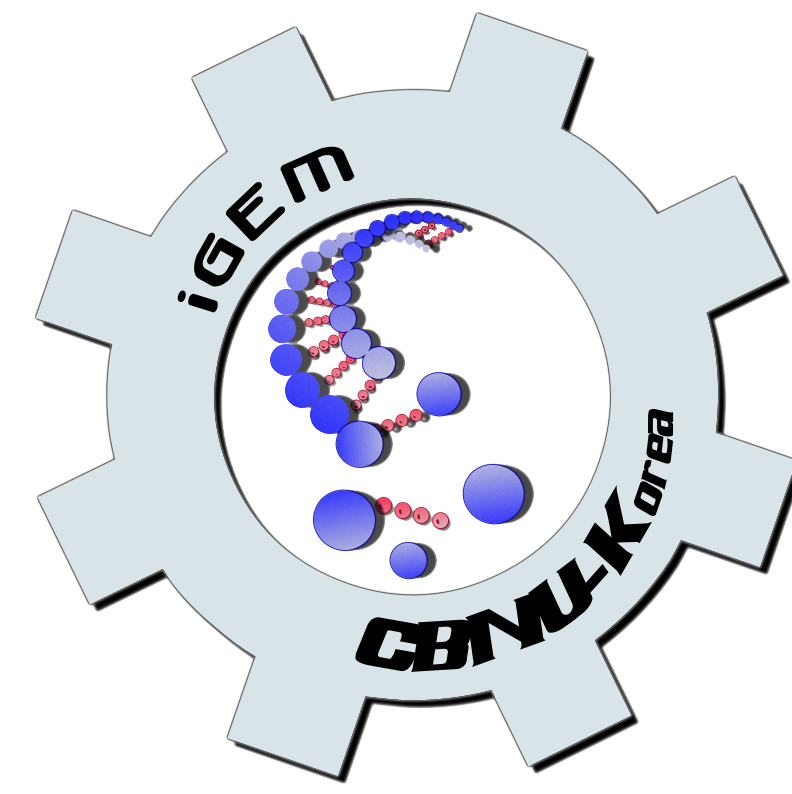Team:Brown
From 2009.igem.org
Sscheung918 (Talk | contribs) |
Sscheung918 (Talk | contribs) |
||
| Line 32: | Line 32: | ||
Although S. epidermidis is a non-pathogenic specimen, additional safety precautions are being taken to control over-proliferation. When S. epidermidis reaches a certain population threshold, it begins to produce hazardous biofilms. We have cloned this population sensor, however, and placed its promoter over a DNA gyrase poison, cuing its "suicide" when populations have reached a dangerous level. | Although S. epidermidis is a non-pathogenic specimen, additional safety precautions are being taken to control over-proliferation. When S. epidermidis reaches a certain population threshold, it begins to produce hazardous biofilms. We have cloned this population sensor, however, and placed its promoter over a DNA gyrase poison, cuing its "suicide" when populations have reached a dangerous level. | ||
| - | |[[Image:Team.png|right|frame|Your team picture]] | + | |[[Image:Team picture 1.png|right|frame|Your team picture]] |
|align="center"|[[Team:Brown | Team Example]] | |align="center"|[[Team:Brown | Team Example]] | ||
Revision as of 19:34, 7 August 2009
| Home | The Team | The Project | Parts Submitted to the Registry | Modeling | Notebook |
|---|
| The 2009 Brown iGEM Team consists of 9 undergraduates from diverse backgrounds in science and engineering. We are mentored by Brown graduate students, postdocs, iGEM alumni, and faculty. With support from Brown UTRA Scholarships, we are working on our project in the Multi Disciplinary Lab over the summer.
This year's team members are: Will Allen '12, Michael Chang '11, Stephanie Cheung '11, Ashley Kim '11, Flora Ko '12, Minoo Ramanathan '11, Ahmad Rana '11, Elias Scheer '12, Indu Voruganti '12
The 2009 Brown iGEM Team aims to treat allergic rhinitis by engineering Staphylococcus epidermidis to secrete a histamine binding protein in response to elevated histamine concentrations during an allergic attack. The histamine-binding protein, rEV131, has cloned from a species of tick, rhipicephalus appendiculatus. rEV131 binds histamine with an extreme high affinity, and normally functions to prevent the inflammatory response while the tick sucks blood. We are transforming the gene for rEV131 into an endogenous nasal flora, S. epidermidis. rEV131 will have a secretion tag specific for S. epidermidis. Additionally, to synchronize rEV131 production with elevation of histamine, we are engineering a novel histamine receptor, via mutagenic PCR. We are mutating periplasmic receptors normally linked to gene transcription. The eventual goal is to link this histamine-responsive receptor to activate an operon that promotes transcription of rEV131. Although S. epidermidis is a non-pathogenic specimen, additional safety precautions are being taken to control over-proliferation. When S. epidermidis reaches a certain population threshold, it begins to produce hazardous biofilms. We have cloned this population sensor, however, and placed its promoter over a DNA gyrase poison, cuing its "suicide" when populations have reached a dangerous level. | Team Example |
 "
"

